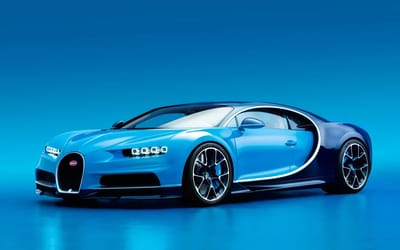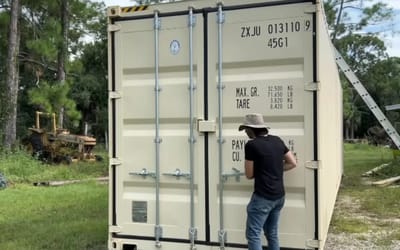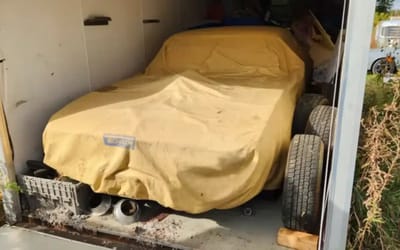Henry Ford’s soybean car was un-bean-lievable but it never hit the showroom
Published on Jul 22, 2025 at 3:29 AM (UTC+4)
by Jason Fan
Last updated on Jul 21, 2025 at 3:20 PM (UTC+4)
Edited by
Kate Bain
The soybean car was a quirky but ambitious project by Henry Ford in 1941, and the concept car could have been the future of car manufacturing.
Built with plastic panels made from soybeans and other agricultural products, the car was lightweight, durable, and even safer than traditional steel vehicles.
It was a symbol of Ford’s vision to combine industry with agriculture, all while solving problems like metal shortages during World War II.
Unfortunately, despite its potential, the soybean car never saw mass production, leaving it to be remembered as a unique moment in automotive history.
VISIT SBX CARS – View live supercar auctions powered by Supercar Blondie
The car was much lighter than traditional vehicles
Henry Ford is one of the most influential people in automotive history, and the Ford Model T can be considered one of the most important cars ever.
However, few people know about his experiments with a concept car made from plastic, all the way back in 1941.
Ford’s fascination with plastic in cars stemmed from a desire to blend industry with agriculture.
The car’s body panels were made from a unique plastic formula that reportedly contained soybean fiber, along with other ingredients like wheat, hemp, and flax.
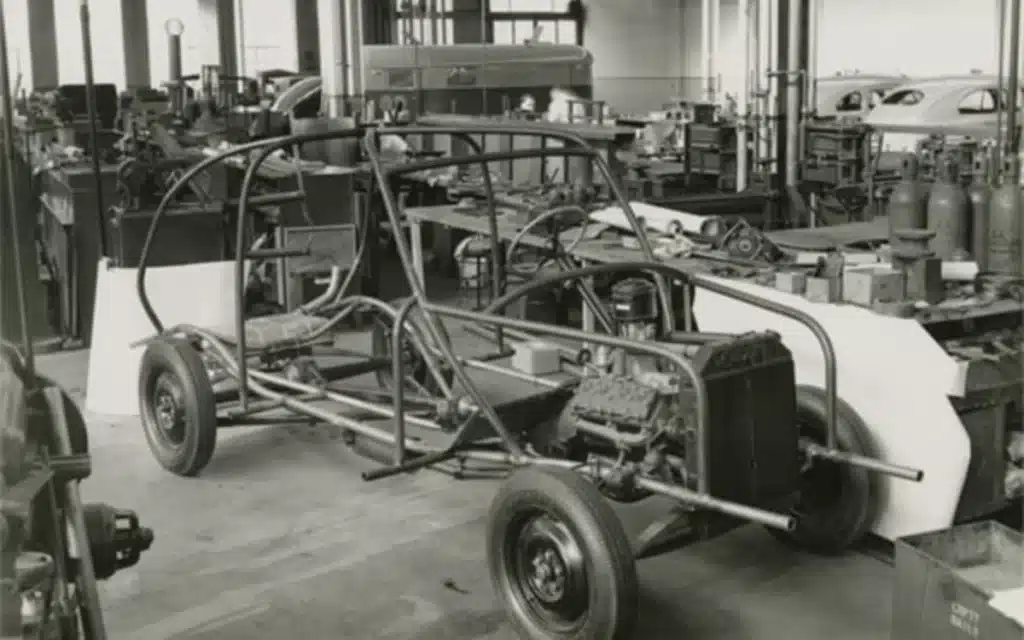
The result was a car that weighed about 1,000 pounds less than a traditional steel vehicle, tipping the scales at just 2,000 pounds.
While the exact formula remains a mystery, it was clear that this car could have been a game-changer in automotive design.
The project was spearheaded by Ford’s styling department, with Bob Gregorie initially at the helm.
However, it wasn’t until the car was transferred to the Soybean Laboratory at Greenfield Village, under the guidance of Lowell E. Overly, that the project gained traction.
Overly, a tool and die expert with no formal chemistry background, worked with chemist Robert A. Boyer to bring Ford’s vision to life.
The car was displayed at the 1941 Dearborn Days festival and later at the Michigan State Fair, drawing crowds and sparking intrigue about the future of automotive materials.
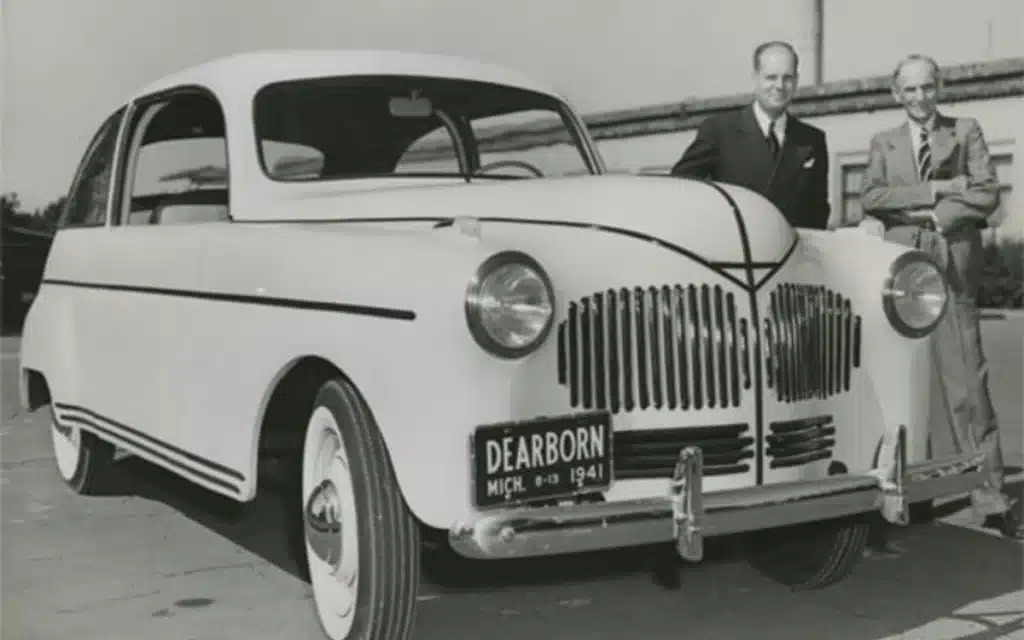
The soybean car project was abandoned due to WWII
Just as the soybean car seemed poised to take the automotive world by storm, World War II intervened.
Metal shortages during the war shifted focus away from automotive innovation, and the plastic car experiment was put on hold.
A second unit had even been in production when the war broke out, but the project was abandoned, and by the end of the war, it was essentially forgotten.
So what became of the soybean car?
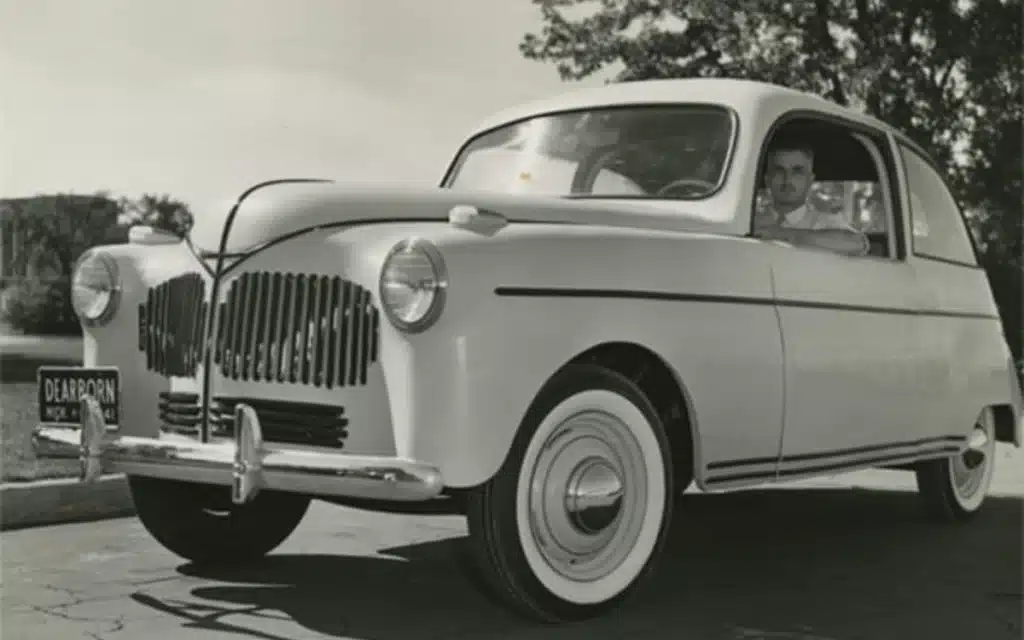
Sadly, the car was destroyed by Gregorie himself, leaving behind only memories of what could have been a major leap forward in car design.
So, while it never hit the showroom floor, Henry Ford’s soybean car remains a fascinating example of early automotive experimentation.
While this isn’t the only concept car created by Ford over the years, it’s certainly one of the most unique.
Click the star icon next to supercarblondie.com in Google Search to stay ahead of the curve on the latest and greatest supercars, hypercars, and ground-breaking technology.
DISCOVER SBX CARS: The global premium car auction platform powered by Supercar Blondie
Jason Fan is an experienced content creator who graduated from Nanyang Technological University in Singapore with a degree in communications. He then relocated to Australia during a millennial mid-life crisis. A fan of luxury travel and high-performance machines, he politely thanks chatbots just in case the AI apocalypse ever arrives. Jason covers a wide variety of topics, with a special focus on technology, planes and luxury.

